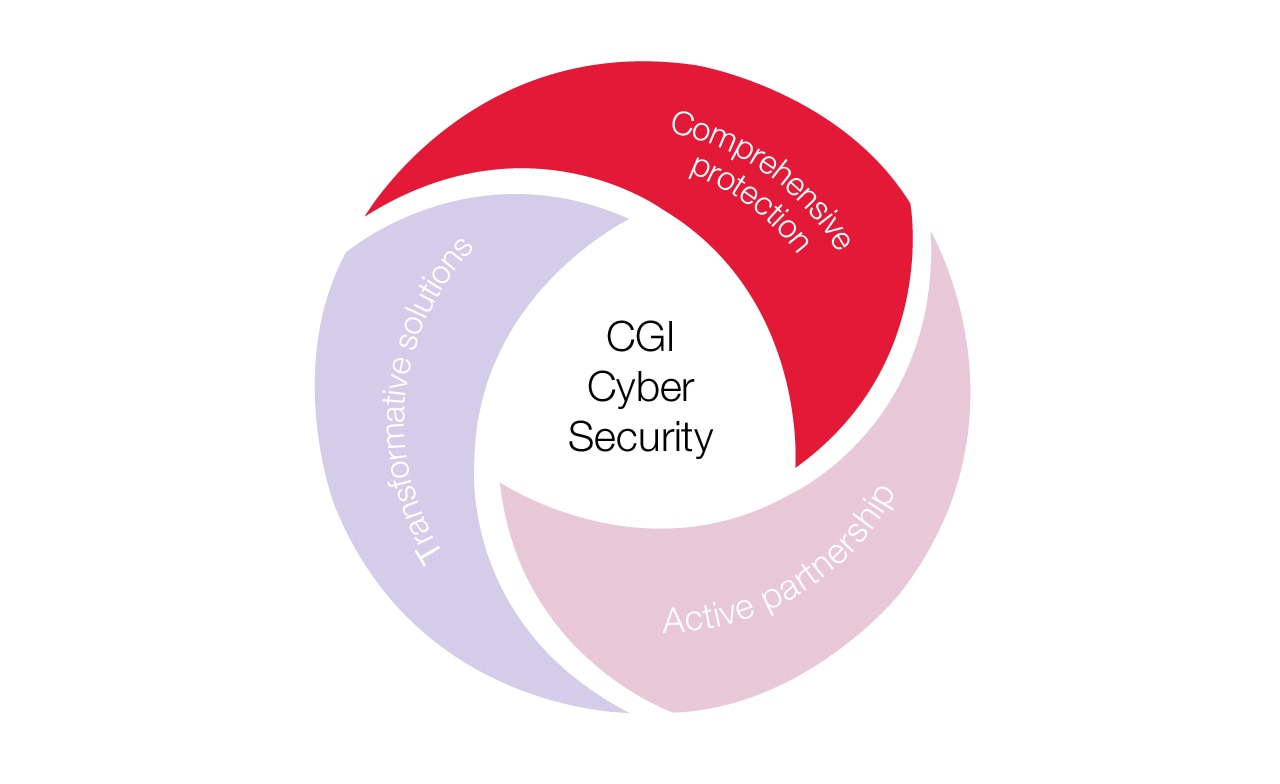Alex Woodward
Senior Vice President - Consulting Delivery, Cyber Security, CGI in the UK & Australia
Alex leads CGI’s UK cyber practice with responsibility for Security Advisory, Managed Security Services and Penetration testing capabilities.
Maxine Bulmer
Vice President - Consulting Delivery, Cyber Security, CGI in the UK & Australia
Maxine is the Vice President – Consulting Delivery for the Cyber Security Consulting and Engineering Sector at CGI UK.
Austin Bailey
Vice President - Consulting Delivery, Cyber Security, CGI in the UK & Australia
Austin leads the delivery of the Security Operations element of CGI’s UK cyber practice with responsibility for Security Operations Advisory, Managed Security Services and Penetration testing functions.
Saju
Kannath
is
a
Director
within
CGI’s
UK
cyber
security
practice,
leading
the
development
and
delivery
of
Identity
and
Access
Management
(IAM),
Cyber
Resilience,
and
Post-Quantum
Security
services.
With
over
20
years
of
experience,
he
has
successfully
delivered
complex
cyber
...

















